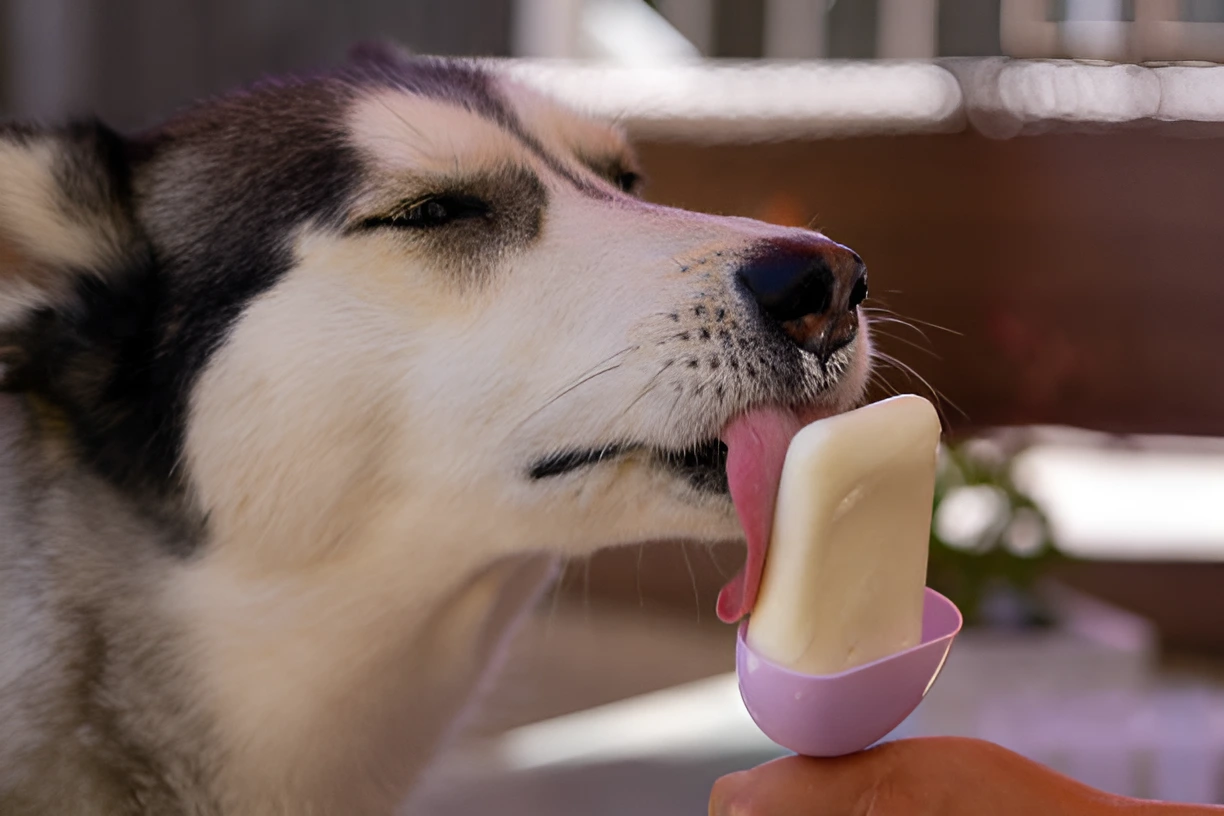If your dog licks chocolate ice cream, it can lead to chocolate toxicity, which is dangerous and potentially life-threatening. This article explores the risks, symptoms, and necessary actions to take if your dog consumes chocolate ice cream, along with preventive measures to keep your pet safe.
Chocolate ice cream might be a delightful treat for humans, but it poses significant risks to dogs. The combination of chocolate and ice cream ingredients can be harmful, leading to serious health issues. This comprehensive guide will delve into the dangers of chocolate ice cream for dogs, the symptoms of chocolate toxicity, and what steps to take if your dog ingests it.
Why Chocolate is Toxic to Dogs
1. Theobromine and Caffeine: Chocolate contains theobromine and caffeine, both of which are toxic to dogs. Dogs metabolize these substances much more slowly than humans, leading to toxic buildup.
2. Types of Chocolate: Different types of chocolate contain varying levels of theobromine. Dark chocolate and baking chocolate have the highest concentrations, making them more dangerous than milk chocolate.
3. Ice Cream Ingredients: Besides chocolate, ice cream contains high levels of sugar and fat, which can cause gastrointestinal upset and contribute to obesity and pancreatitis in dogs.
Symptoms of Chocolate Toxicity
1. Initial Symptoms: Symptoms of chocolate toxicity can appear within a few hours of ingestion. Early signs include vomiting, diarrhea, increased thirst, and restlessness.
2. Advanced Symptoms: As toxicity progresses, symptoms can include rapid breathing, muscle tremors, seizures, and an increased heart rate. In severe cases, it can lead to cardiac arrhythmias and respiratory failure.
3. Severity Factors: The severity of symptoms depends on the amount and type of chocolate ingested, as well as the size and health of the dog. Smaller dogs and those with pre-existing health conditions are at higher risk.
Immediate Actions to Take
1. Stay Calm and Assess: If you suspect your dog has ingested chocolate ice cream, stay calm and assess the situation. Determine the amount and type of chocolate consumed and the size of your dog.
2. Contact a Veterinarian: Immediately contact your veterinarian or a pet poison control hotline for guidance. Provide them with details about the ingestion to help them assess the risk and recommend appropriate actions.
3. Do Not Induce Vomiting: Do not attempt to induce vomiting without veterinary advice. In some cases, inducing vomiting can cause more harm than good.
Veterinary Treatment
1. Inducing Vomiting: If the ingestion is recent, the veterinarian may induce vomiting to prevent further absorption of theobromine. This is typically done within two hours of ingestion.
2. Activated Charcoal: Administering activated charcoal can help absorb the toxins and prevent them from entering the bloodstream.
3. Supportive Care: Treatment may include intravenous fluids to maintain hydration, medications to control symptoms such as seizures and arrhythmias, and close monitoring of vital signs.
4. Hospitalization: In severe cases, hospitalization may be necessary for intensive care and monitoring until the dog stabilizes.
Preventive Measures
- Secure Storage: Keep chocolate and chocolate-containing products out of reach of pets. Store them in secure cabinets or containers.
- Educate Family Members: Ensure all family members and guests are aware of the dangers of chocolate for dogs and the importance of keeping it away from them.
- Pet-Friendly Treats: Offer your dog safe, pet-friendly treats instead of human desserts. There are many dog-safe ice cream options available that can be a delightful alternative.
Long-Term Health Considerations
- Diet and Nutrition: Maintain a balanced diet for your dog to support overall health and prevent obesity and related health issues.
- Regular Check-Ups: Schedule regular veterinary check-ups to monitor your dog’s health and catch any potential issues early.
- Awareness and Vigilance: Stay informed about foods that are toxic to dogs and remain vigilant in preventing accidental ingestion.
Conclusion
Chocolate ice cream poses significant risks to dogs due to the toxic effects of theobromine and caffeine, combined with the high sugar and fat content of ice cream. If your dog ingests chocolate ice cream, immediate veterinary care is crucial to prevent serious health complications. By taking preventive measures and staying informed, you can keep your furry friend safe and healthy.
The photo featured below the post headline is Credit: Benjamin Boss/istockphoto
I hope you find this post helpful and informative. If Yes’ feel free to share it with your friends!
Frequently Asked Questions
How much chocolate ice cream is toxic to my dog?
The toxicity depends on the type of chocolate and the size of your dog. Dark chocolate is more toxic than milk chocolate. Contact your veterinarian for personalized advice.
What are the symptoms of chocolate poisoning in dogs?
Symptoms include vomiting, diarrhea, increased thirst, restlessness, rapid breathing, muscle tremors, seizures, and in severe cases, cardiac arrhythmias and respiratory failure.
Should I induce vomiting if my dog eats chocolate ice cream?
Do not induce vomiting without veterinary advice. Contact your veterinarian or a pet poison control hotline for guidance.
Can small amounts of chocolate ice cream harm my dog?
Even small amounts of chocolate can be harmful, especially to small dogs or those sensitive to theobromine. It’s best to avoid giving your dog any chocolate products.
How can I prevent my dog from eating chocolate ice cream?
Store chocolate securely out of reach, educate family members about the dangers, and offer pet-friendly treats instead.

